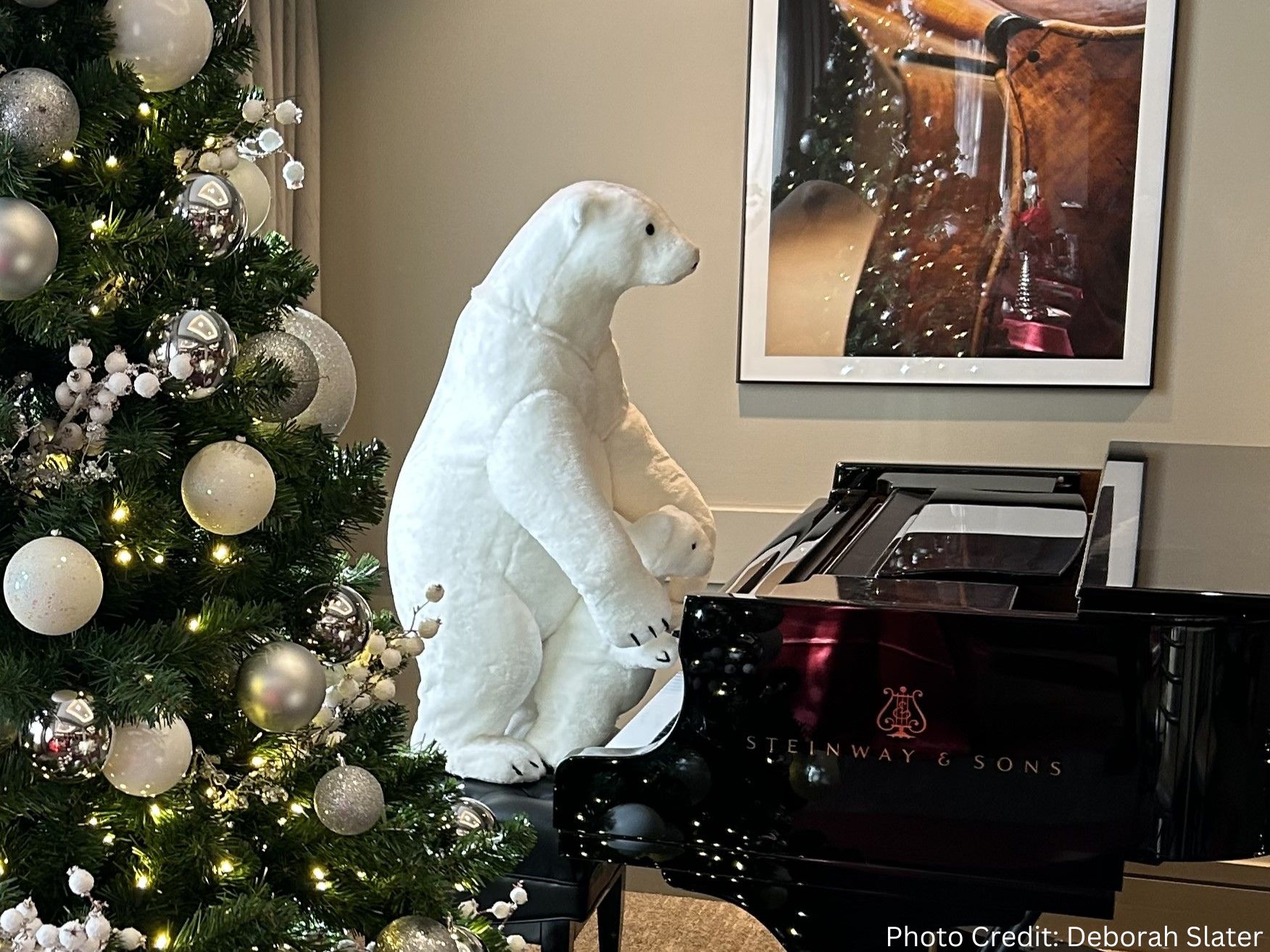The beauty of playing the piano is that there are so many different tones and colors that can be coaxed out of the instrument. Depending on how we approach the keys, a passage can sound sparkly or subdued or forlorn or majestic.
Different passages call for different hand motions, positions and touch. A sprightly run of scales in a Mozart sonata might be articulated by crisp finger work, perhaps. A floaty connectedness of touch brings out the delicate leggiero passages in Chopin.
The colors that the piano can achieve boils down to physics: how fast the hammers strike the string and how long the strings are allowed to vibrate. This is a simple cause and effect of how fast the pianist depresses and releases the keys. But obsessing over key depression speeds for each of the bizillion notes in a piece makes playing the piano a rather obsessional and futile exercise.
What might one think about instead when playing the keys?
I came across a brilliant video describing a technique used by renowned pianist Martha Argerich, which she called the “praying mantis”. To achieve crisp articulation, each strike of the key is executed by swift a flick and curl of the finger. Like the arms of a praying mantis. Talk about imagery!
Inspired by this video, I set out to collate my own use of imagery and mnemonic devices for hand and finger technique in my own playing. Scanning through my music scores and practice notes, I found quite a trove of words and descriptors of hand movements for various passages, scrawled in page margins, notebooks and Post-it notes.
A Zoo of Hand and Finger Imagery
Quite coincidentally, a lot of my imagery are also animal-related! Read on to visit my Zoo in this blog post, or head over to YouTube to watch the full video:
https://youtu.be/RrcgEFIcANY
Bear Paws.

It feels like I am pawing at the keys with my palms, when I do quick flicks of the wrist to bounce between repeated or consecutive notes. I keep my forearm horizontal, fingers firm in position, and palms flush to the key tops on each stroke. This allows my wrist to act as a hinge for the hand to bounce quickly and freely.
Jellyfish.

A different take from the English metaphor, this fundamental movement pattern undergirds a large proportion of my playing. This movement pattern mimics how jellyfish moves in water, and can be broken down into its for constituent components:
Drop into the keys – – Thrust up through the fingers, wrist and arm – – Gather the fingers on the release – – Relax into the next drop
It is also very effective when used with slow practice, because this basic movement pattern, whether done slow or fast, are identical.
Eagle talons.

To give power to big chords, I grip the chords as if I am catching my prey, with a forceful curl of my fingertips.
Finger walking.

In contrast to the crisp articulation of Argerich’s praying mantis, finger walking involves a smooth transfer of finger pressure from one note into the next. I feel the contact of the next note before the transfer, and release the previous note once the weight transfer is complete. This is useful for achieving a beautiful legato phrasing, or in fast passages, a shimmering wash of sound with a non-percussive tone.
Worm crawl.

To make arpeggiated accompaniments meld into the background, I use finger traction: the fleshy pads of my fingers as the first point of contact on the key and a gentle curl up onto the fingertip to depress the key in a very controlled and subtle way. This allows the melody line to really stand out above the accompaniment.
Imagery for Motor Learning
What I presented in this blog post is a sliver of my trove of imagery that I use on a regular basis. A lot of other hand imagery that I use didn’t make it into this post: butterfly stroke, pinwheel, sticky frog’s feet, bat wings, Thing. And that’s not even counting imagery for other aspects of technique and musicality!
If you know me, I am a big proponent of using imagery for learning, retaining and internalizing motor skills.
- Naming something makes the technique concrete and tangible. The imagery or analogy also externalizes the concept.
- Imagery is particularly effective for complex concepts and movement patterns with multiple components or nuanced motions. A single idea encapsulates the complexity of the movement.
- The imagery doesn’t have to be literal. It can be any association between the imagery and the complex movement pattern. Nor does it have to be universally applicable for everyone. The only requirement is that it conjures up the right movement patterns for you, the learner.
- Different imagery will resonate with each individual learner. Case in point: the butterfly stroke imagery, which I explained in the video blog, may resonate with those of you who are swimmers, whereas the actual imagery that works for myself is to “stir a cauldron” (even though I’m not a witch).
- Sometimes, these associations occur posthoc. After discovering the right technique, the feeling of the technique then evokes the imagery. “Aha, this feels like…” Thus, this is may start off as a memory aid, but when used consistently, eventually evolves into an attentional focus that activates the correct motions.


Leave a Reply